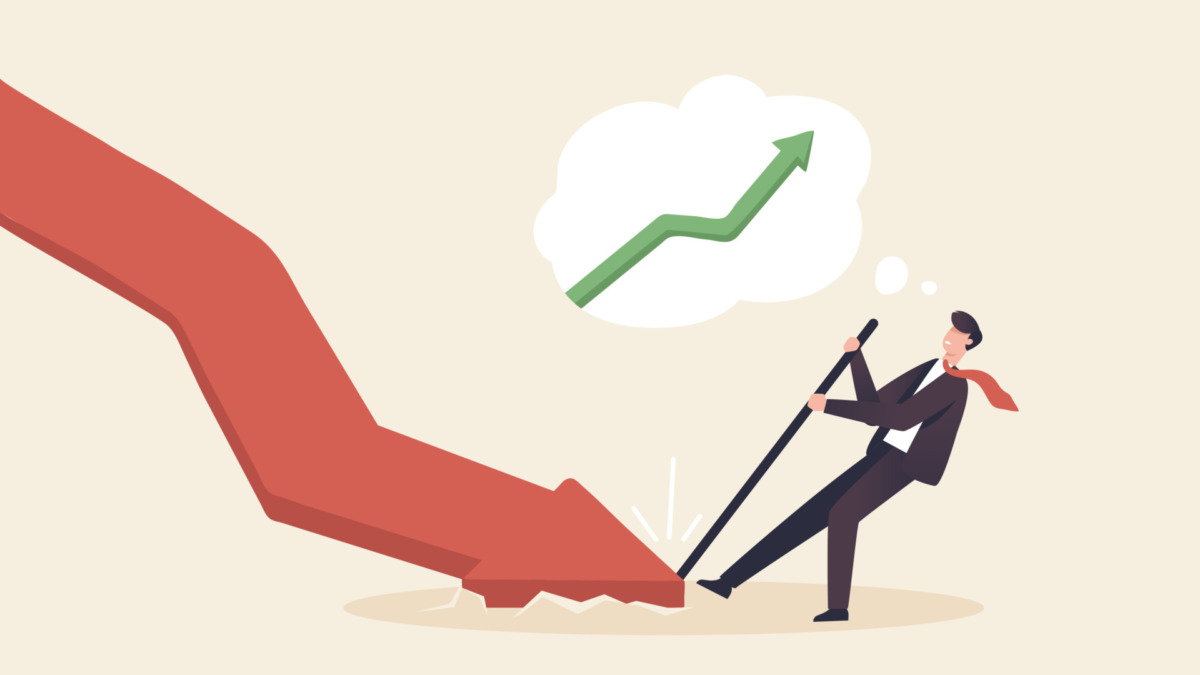The volatility, dramatic peaks, and gut-wrenching collapses of cryptocurrency markets are well-documented. For those who are unfamiliar with the situation, it may appear disorganized—with sudden bursts of enthusiasm that are promptly followed by excruciating adjustments. However, a distinct pattern has emerged over time for experienced investors, speculators, and analysts: **crypto market cycles**.
It is imperative for individuals who are navigating the digital asset space to comprehend these cycles. In this post, we will investigate the structure of crypto market cycles, analyze significant historical examples, and emphasize the potential insights they may provide into the future of this swiftly evolving industry.
📊 What is a crypto market cycle?
**Growth, peak, decline, and recovery** are the recurring periods of a market cycle in financial markets. These cycles are frequently more extreme and shorter in crypto than in traditional finance, as a result of factors such as technological novelty, conjecture, and low liquidity.
The following are typical components of each crypto market cycle:
1. **Accumulation Phase** – Smart money and early consumers purchase during periods of low prices and bearish sentiment.
2. **Run-Up (Bull Phase)** – Prices increase as confidence returns; media coverage increases; and new retail investors enter.
3. **Euphoria/Peak** – Exponential price surges, irrational exuberance, and FOMO are the dominant factors.
4. **Crash/Correction** – A rapid decline that is precipitated by regulatory actions, negative news, or profit-taking.
5. **Bear Phase** – Investor disillusionment, consolidation, and a protracted downtrend.
6. **Recovery** – The cycle is poised to revive as fundamentals are fortified and builders return.
History of Cryptocurrency Cycles: A Historical Overview
**Cycle 1: The Initial Years (2011–2013)**
* **Peak:** Bitcoin reached \~\$1,100 in late 2013. * **Crash:** The Mt. Gox collapse caused a loss of over 80% in 2014.
* **Lesson:** The crypto market’s resilience—as well as its fragility—was demonstrated by the first genuine boom-bust cycle.
**Cycle 2: The ICO Boom (2016–2018)**
* **Peak:** In December 2017, Bitcoin reached a high of $20,000, and thousands of new tokens were issued through initial coin offerings (ICOs).
* **Crash:** The market experienced a significant decline in value by 2018, with over 80% of its value lost. A significant number of initial coin offerings (ICOs) were either fraudulent or failed.
* **Lesson:** Innovation may be stimulated by speculative surges; however, they also generate substantial investor risk.
**Cycle 3: Institutional Interest & DeFi (2020–2021)**
* **Maximum:** In November 2021, Bitcoin reached an all-time high of approximately $69,000, and DeFi and NFTs experienced a significant surge.
* **Crash:** The market experienced a significant decline in 2022 as a result of macroeconomic tightening and significant collapses (Terra, FTX).
* **Lesson:** Internal failures and external disruptions can affect even mature markets.
📈 The Lessons of the Past
1. **As booms increase in size, so do busts**
The consequences increase as the industry expands. As additional capital, consumers, and media enter the ecosystem, each cycle has experienced both higher highs and lower lows.
2. **Hype Surpasses Adoption**
A compelling narrative (e.g., “digital gold,” “DeFi revolution,” “NFT art”) typically propels each bull run; however, genuine adoption typically follows the hoopla.
3. **Corrections Are Both Natural and Essential**
The industry is compelled to refocus on fundamentals, reset valuations, and eliminate unsustainable initiatives through corrections.
4. **Builders Remain During the Bear**
Builders and long-term believers use bear markets to develop infrastructure, introduce new protocols, and prepare for the next cycle, while many speculators flee.
Predicting the Future: Where Are We Currently?
As of 2025, it is possible that we are currently in the **late accumulation or early bull phase** of a new cycle:
* **Bitcoin’s halving in 2024** decreased new supply, which has historically been a favorable trigger. * **Regulatory clarity** is gaining traction in critical markets such as the United States, Europe, and Asia.
* **Institutional adoption** is increasing, with on-chain finance, tokenized assets, and exchange-traded funds (ETFs) acquiring momentum.
* **Real-world use cases** (supply chains, decentralized identity, remittances) are transitioning from theory to practice.
If the trend persists, we may observe a significant increase in the next 12–24 months, which will be followed by an inevitable correction, albeit with a more global impact and larger numbers.
🧠 Strategies for Managing the Cycle
* **Zoom Out**: Gain a comprehensive understanding of the long-term vision of blockchain and crypto, which extends beyond daily price fluctuations.
* **Capitalize on Profits**: Avoid allowing avarice to supplant discipline; capitalize on gains when conditions become euphoric.
* **Avoid FOMO**: Make a purchase based on your convictions, not on the buzz.
* **Maintain Your Knowledge**: Stay informed about technology, regulations, and trends—knowledge is a competitive advantage.
* **Prioritize Fundamentals**: Select projects that address genuine issues and are supported by robust teams and communities.
Final Thoughts: Embrace the Cycle, Rather Than Oppose It
Cryptocurrency is not a linear progression; rather, it is a sequence of surges. New innovations, new lessons, and new highs are introduced with each cycle. Investors and architects can strategically position themselves for the future by examining the past.
**The inquiry is not whether the cycle will recur, but rather how adequately equipped you are to handle it when it does.**
**In your opinion, where do you believe we are in the current cycle? Are you waiting, accumulating, or constructing? We should engage in a conversation in the comments section.

Leave a Reply